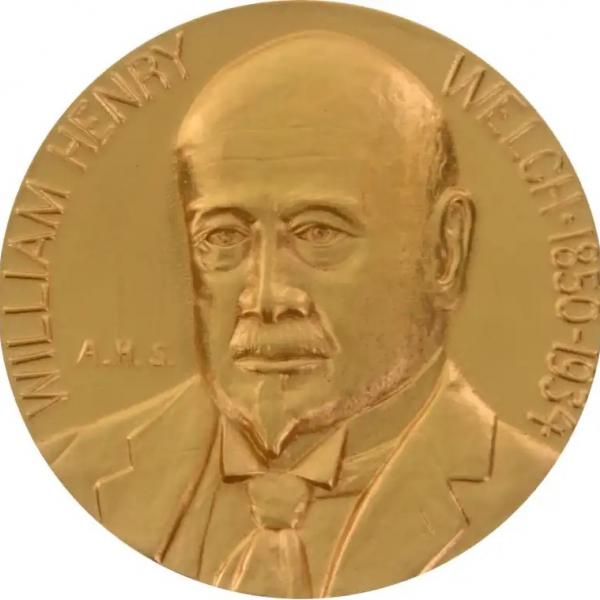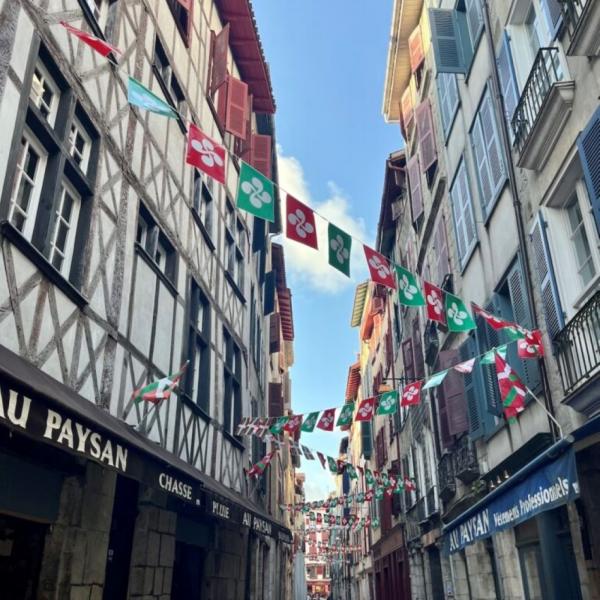Nancy Y. Reynolds is associate professor of history in the Department of History, and an affiliate faculty member of the Department of Women, Gender and Sexuality Studies and of the Department of Jewish, Islamic, and Middle Eastern Studies.
Participants and pundits hailed it as the social media revolution. When Egypt’s January 25 uprising followed Tunisia’s start to the Arab Spring in 2011, it seemed to erupt from a new technology of political organizing. The Facebook page “We are all Khaled Said” chronicled a fatal police beating in Alexandria in June 2010, drew over 473,000 members by January 2011, and initiated the call for demonstrations on January 25. Its creator, Google’s Wael Ghonim, titled his 2012 memoir Revolution 2.0. Facebook and Twitter channeled thousands of Egyptians to protest police brutality and corruption, first online and then in the center of Egypt’s cities: in places like Cairo’s Tahrir Square, where for 18 days a popular uprising, encamped in makeshift communal quarters, built to oust President Hosni Mubarak from 30 years of rule. Virtual space met public space, and authoritarianism toppled.
A picture I took yesterday in Tahrir Square, Cairo, at 11 PM.
Ten years later, the euphoria of Egypt’s Arab Spring has largely been lost in the ether. Today, the nation’s jails hold some 60,000 political prisoners. The state closely monitors social media and sharply surveils public speech and political activity. The spontaneous occupation of Tahrir Square has been erased, its pavements sanitized and depoliticized. And the nation remains governed by a military regime under another authoritarian ruler, `Abd al-Fattah al-Sisi, firmly in power over most virtual and physical space. This “failed” outcome suggested that while social media could launch an uprising, it wasn’t an adequate platform to chart a new political future.
How then to mark this political anniversary? As the current generation of activists looks back to 2011, they write largely of fragments of memory, of fear and the courage to speak out, and of the costs borne by so many who have done so. Many write in beautiful and sensitive terms of the struggles to commemorate and to reconcile with the past decade, and simply of the fatigue of remembering. The effort to find hope — through documentation, humor or surprise — remains a difficult challenge.
While political anniversaries can occasion powerful reflections such as these, as well as important assessment of ongoing struggle, they also truncate the complexity of original events, their temporal delimitations even crafting new narratives that oversimplify the very occurrence they seek to commemorate.
In the case of Egypt’s 2011 uprising, such attenuations have increasingly reduced causality to police brutality and corruption. The plot of the acclaimed 2017 Egyptian film The Nile Hilton Incident — a police corruption thriller called an “anatomy” of the Tahrir uprising — is just one recent example.

Police violence undoubtedly sparked the revolution. Who the police were, however, is a complex question. As Mona El-Ghobashy noted soon after the uprising, “Mubarak’s was not a police state because the coercive apparatus routinely beat and detained people. It was a police state because the coercive apparatus had become the chief administrative arm of the state, aggregating the functions of several agencies. Police not only deal with crime: they issue passports, drivers’ licenses, and birth and death certificates. They resolve local conflicts over land and sectarian relations; fix all national and subnational elections; vet graduate-school candidates and academic appointments at every level; monitor shop floors and mediate worker-management conflict; observe soccer games and Friday prayers; and maintain a network of local informants in poor neighborhoods, to ensure that dispossession is not converted into political organization. Officers are free to work out their own methods of revenue extraction…”
The label “police” also eventually subsumed anticolonial troops, a move that resulted in the timing of the uprising and ultimately the anniversary date that enshrined it. In 2011, the state had just recently named January 25 a bank holiday: “Police Day,” a political anniversary to mark an earlier uprising, that of the auxiliary military police against the British occupation of the Canal Zone in 1952. That protest led to the Cairo Fire and the Egyptian military’s eventual overthrow of the monarchy and the expulsion of British troops. The new political anniversary in 2011 released many Egyptians from work, inadvertently making them free to assemble against the regime.
The 2011 police brutality narrative excludes other causes of the uprising and an earlier decade of activist work, mostly in labor movements and often utilizing non-virtual organizing tools, such as mobile phones, speeches and workplace actions. Mounted by trade unionists in defiance of the state’s legal suppression, strikes in this period mobilized more than 2 million workers in more than 3,000 collective actions, of which 40 percent were in the private sector, where trade unionism was rare. Joel Beinin identified this activity as the tipping point in 2011 that broke the “barrier of fear … essential to maintaining an autocratic regime in power.” In this longer narrative, crucial turning points in the 18 days came on January 30, when workers and union leaders defied the law to found an independent trade union federation, and then again during the three days that led up to Mubarak’s departure, when four of the new federation’s unions organized strikes or worker protests through a range of sectors.

Recalling this labor protest reorients us to the political economy of the state’s repression, including efforts to roll back nationalization and sell off public-sector industries to regime allies. Beginning in 1991, neoliberal restructuring policies culminated in the “government of businessmen” installed in 2004 and created a class that profited from privatizing everything from Cairo’s garbage collection to its surrounding desert commons, while 40 percent of Egyptians lived near or below the poverty line. Alongside calls to bring down the regime and reinstate freedom and social justice, protestors in 2011 repeatedly demanded “bread.”
Alongside calls to bring down the regime and reinstate freedom and social justice, protestors in 2011 repeatedly demanded “bread.”
Popular demonstrations outside labor organizing also included a struggle to support the independence of Egypt’s judges in spring 2006, pro-democracy political opposition to Mubarak’s continued rule by “emergency law,” which had been continually in force since 1981, as well as broad public opposition to the U.S. invasion of Iraq in 2003 and in support of Palestinians during the second intifada in 2000–02. Policy issues about political process also shaped much of the struggle following the formal “revolution” in 2011. For months after Mubarak’s February 11 departure, widespread local demonstrations challenged the sequencing of elections and rewriting the constitution. Propelled by the brutal treatment of a veiled protestor stripped to her electric blue bra in the streets three days earlier, a massive demonstration of women marched on December 20, 2011 against the exclusion of women from elected office and against gender violence by the military, including its “virginity tests” performed on activist women. Eliminating such political actions from the January 25 police brutality narrative conveniently makes Egypt’s problems look local and exceptional, the product of a few “bad actors” in the regime, thereby diminishing structural causes of repression, including the ongoing involvement of the United States (especially its provision of military equipment) and global financial institutions in bolstering authoritarianism.
Political anniversaries also truncate space. Powerful and well-circulated images of the occupation of Cairo’s Tahrir Square have eclipsed the even larger gatherings in Alexandria on January 25, 2011, as well as the more unusual demonstrations in the country’s provincial cities, such as Aswan in upper Egypt, the canal cities of Isma`iliya and Suez, and Mahalla al-Kubra, a major textile manufacturing city in the delta. The spatial focus on Tahrir also smooths out complexity from the political landscape by eliminating other Cairo locations that housed different moments of related violence. Cairo’s Nahda and Rabaa al-Adawiya Squares witnessed the August 2013 massacre of nearly a thousand supporters of President Muhammad Morsi, Egypt’s “only democratically elected president” who was himself arrested and removed from power as part of the struggle between the Muslim Brotherhood and the military that followed the overthrow of Mubarak.
The social media revolution at 10: truncated not by the brevity of tweets or sound bites, but rather by the very work of political anniversaries crafted to commemorate it. To more accurately remember, we need to reintroduce complexity, write again in long form and embrace analytical untidiness. As Ahmad Shokr recently noted, “Remembering the history of the revolution as a messy affair, neither bounded by fixed beginnings and endings, nor reduced to a simple matter of failure or success, leaves open the possibility that our understandings of what happened might be revised in the future.” We might have to renounce political anniversaries to do so.
Headline image: A sea of Egyptian flags in Tahrir Square, February 8, 2011. Photo by Joseph Hill CC BY-NC-SA 2.0.





